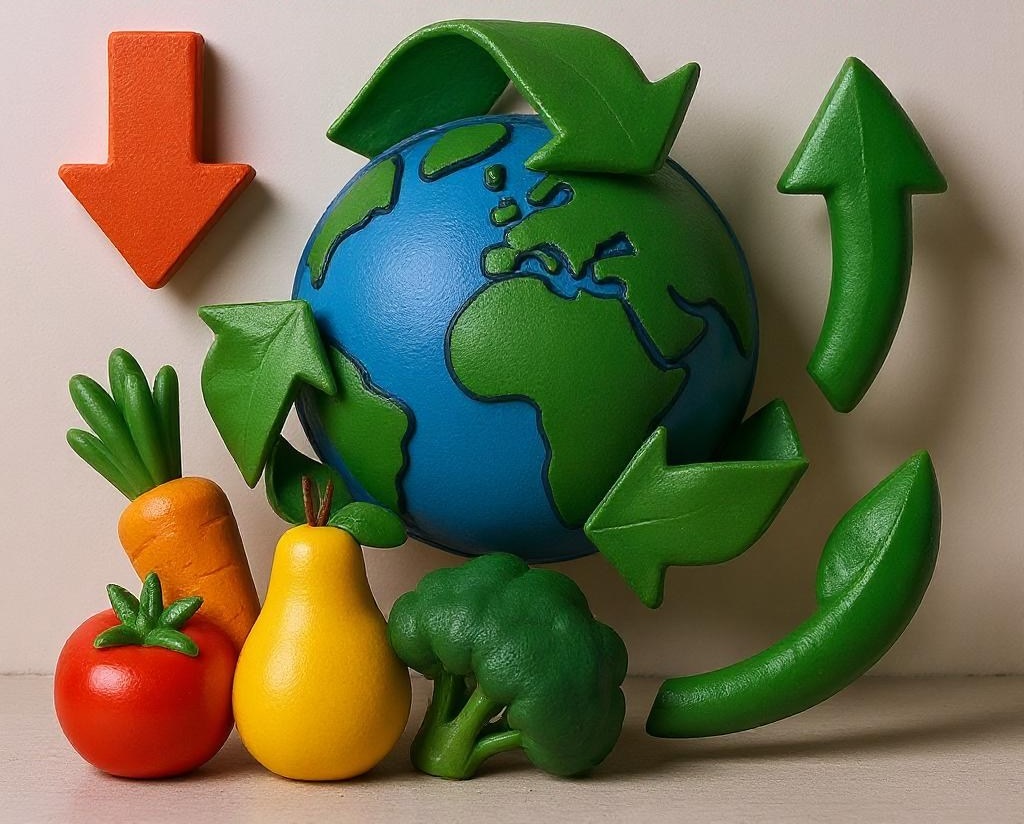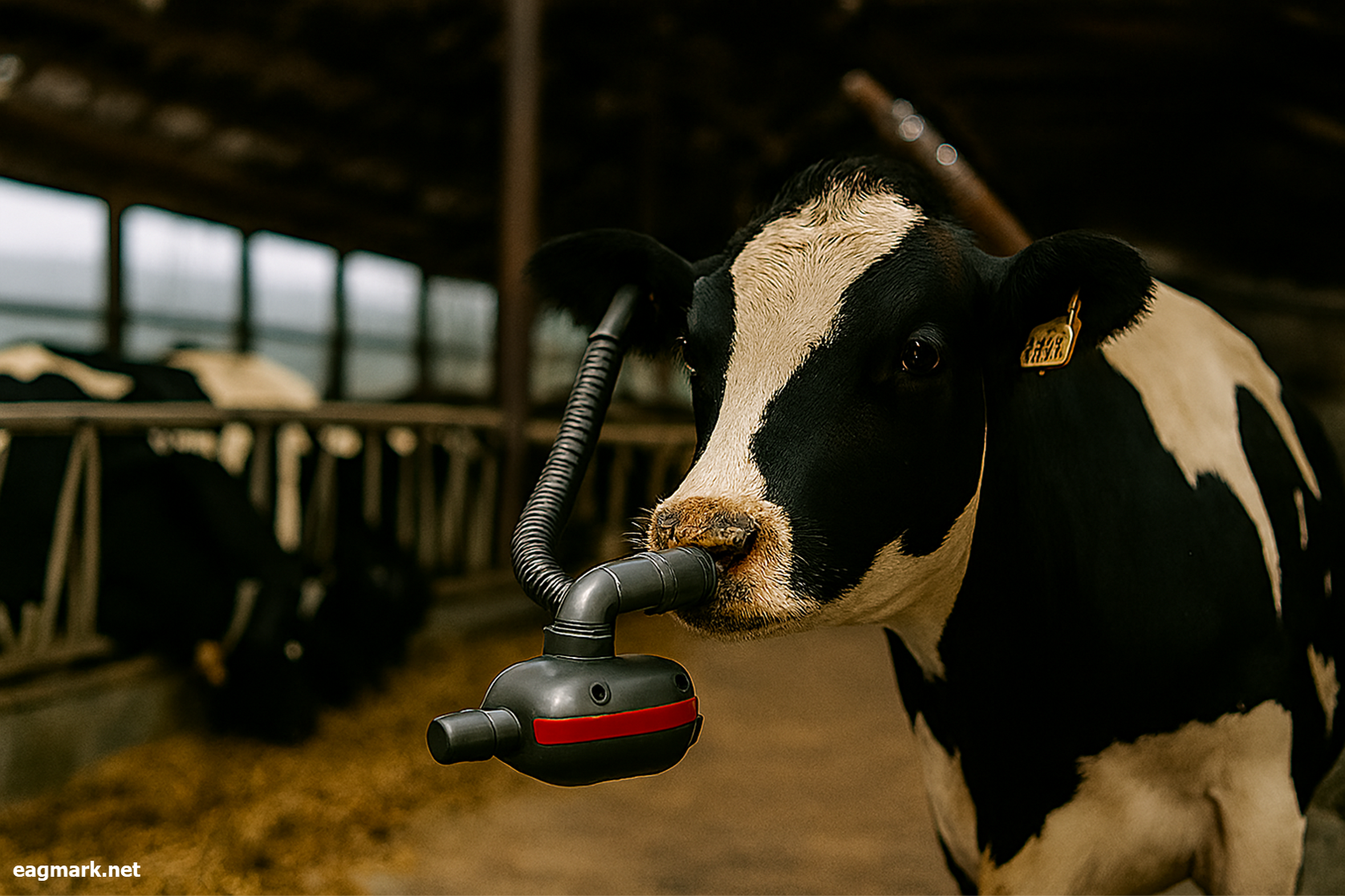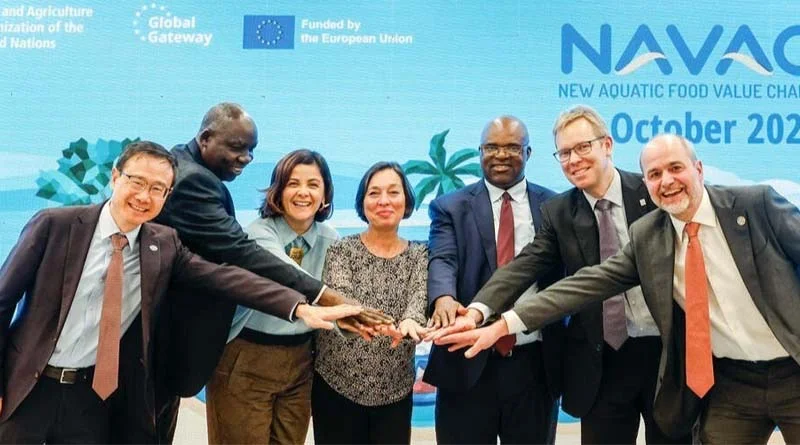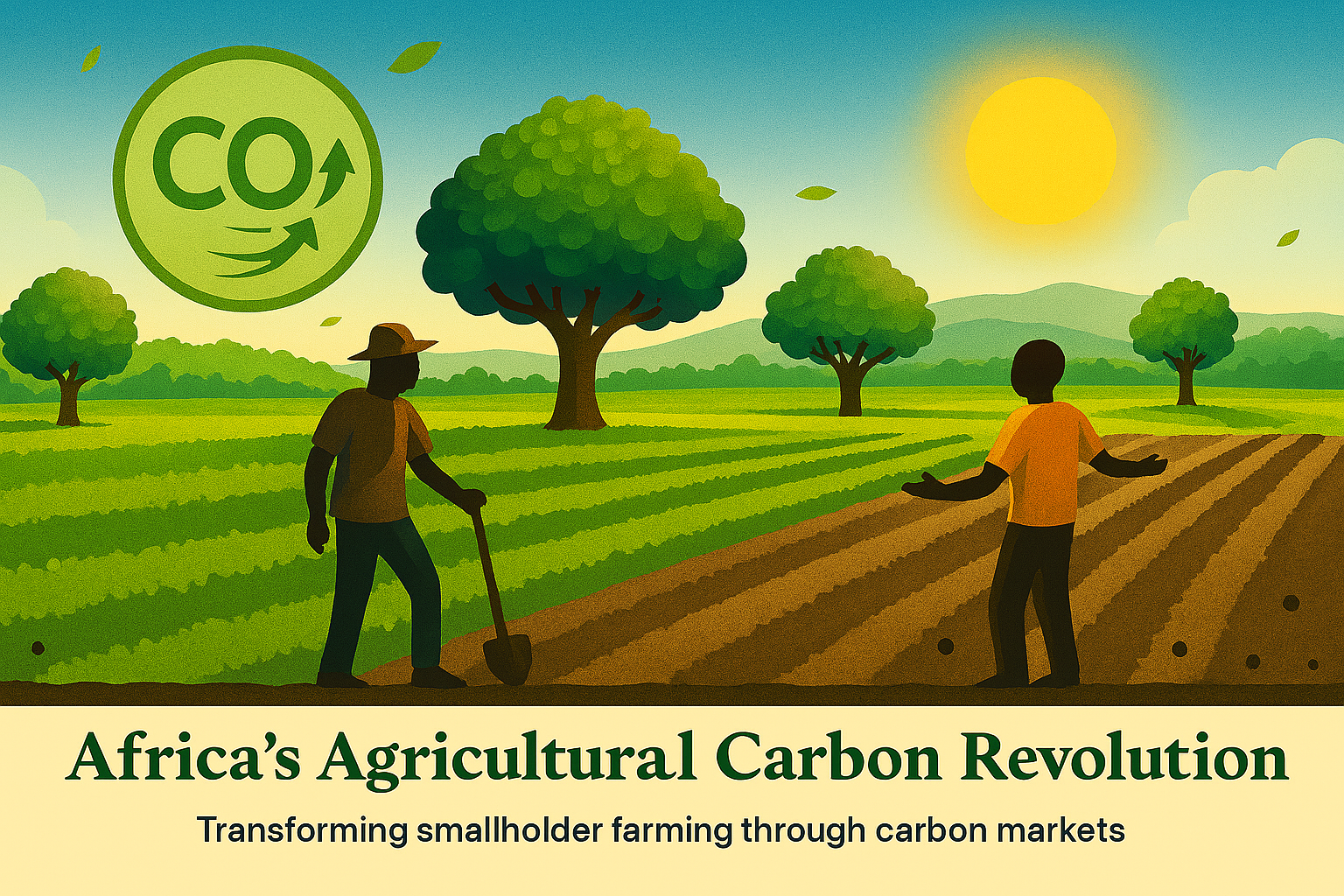
Across East Africa, governments are scaling up efforts to tackle climate change, improve rural livelihoods, and secure food supplies. Yet one of the simplest and most effective solutions is often overlooked: protecting the food we’ve already grown.
Every time food is lost after harvest, we lose not just important dietary nutrients but also the resources including land, water, labour, and carbon that went into producing it. This silent crisis is undermining progress on climate, nutrition, and development goals. Kenya and Rwanda are starting to respond, but they cannot afford to move slowly.
The Hidden Cost of Food Loss
Each year, 30 to 40 percent of Kenya’s food is lost before it ever reaches a plate. In Rwanda, postharvest losses for staples like maize and beans still range from 20 to 30 percent, despite gains in agricultural policy and infrastructure.
These losses are not just about inefficiency. They come with major economic and environmental costs. In Kenya alone, food loss drains more than KES 72 billion (≈ US$ 560 million) from the economy annually. In Rwanda, the impact of wasted crops worsens nutritional shortfalls and raises food prices for communities already vulnerable to climate shocks.
The environmental footprint is even more alarming. FAO estimates that food loss and waste generate 8 to 10 percent of global greenhouse gas emissions more than the aviation sector. This is because every wasted kilogram carries embedded emissions from fertiliser, fuel, water, and land use. When food rots in the field or during storage, the carbon still counts, but no one benefits
Food Loss Is a Climate Problem
Climate-smart agriculture often brings to mind solar pumps, drip irrigation, or drought-resistant seeds. These are important. But we also need to protect the harvests we already have.
Postharvest losses reduce the return on every input. In Rwanda, for example, inefficient fertiliser use and poorly managed livestock systems are already key emission drivers. When food from those systems is lost, the emissions remain, but the nutritional and financial gains are gone.
By reducing loss, countries can increase available food without expanding farmland. This makes postharvest management a powerful, double-win climate solution due to the fact that it cuts emissions per unit of food and boosts availability at the same time.
What Kenya and Rwanda Are Doing
Encouragingly, both governments are beginning to act:
Kenya launched its Postharvest Management Strategy for Food Loss and Waste Reduction (2024–2028). It calls for improvements across the value chain, including cold chain investment, drying infrastructure, and institutional coordination.
Rwanda has embedded postharvest loss reduction in its Food Systems Transformation Pathway, aligning efforts with its climate commitments under the Paris Agreement. Key priorities include smart irrigation, storage hubs, and better access to finance for producers.
Both strategies reflect a growing understanding that climate resilience depends not just on how we grow food, but also on how well we preserve it.
What Needs to Happen Now
Progress is underway, but still too slow. To move from commitment to impact, four things are needed:
✅ Stronger infrastructure to cater for the gap in drying, cooling, and storage facilities, especially in rural and peri-urban areas where losses are highest.
✅ Climate alignment programs for Postharvest interventions should be fully recognised as mitigation and adaptation measures in national climate plans and investment frameworks.
✅ A strong regional collaboration is needed since food loss is not contained by borders. East African nations, including Kenya and Rwanda should have partner based on shared goals that promote development of innovation hubs, joint research, and regional value chains that support shared learning and cross-border trade.
✅ Education, training and capacity building for farmers on harvest and post-harvest initiatives and practices which reduce food loss and waste during storage, transportation and at market level.
Reducing postharvest loss is no longer a technical fix. It’s a strategic necessity.
For all countries, Kenya and Rwanda included, saving food means saving emissions, reducing hunger, and helping farmers build resilience and generate profit. It’s a climate action that doesn’t require new land, new seeds, or expensive technologies. Just smarter use of what already exists.
Farmers are already producing the food. The real question now is, can we stop wasting it?


